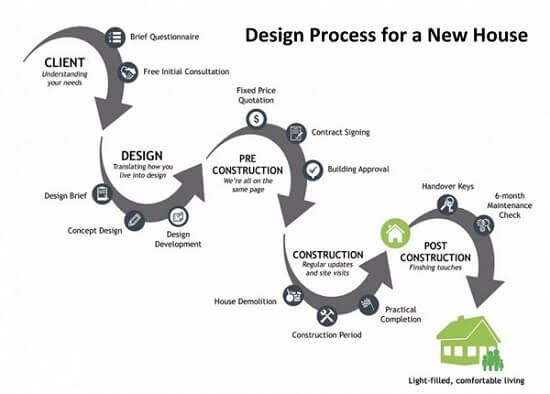
Easy Method to Master Repeated Describe Image Questions in PTE-A
Describe Image is one of the most dreaded tasks in PTE-Academic. Naturally, there
are a lot of confusions about the task, the scoring criteria, and the correct technique.
What is the Describe Image Task?
In this task, you need to describe an image that appears on the screen within 40 seconds. The Skill assessed in this
task is Speaking.
How does the task work?
You will see a recording status box on the task screen. This screen displays a countdown till the microphone goes
live, and recording begins.
You will have 25 seconds to study the image and plan your response. This time is the most crucial!
After the 25 seconds are over, you will hear a short tone.
Upon hearing the tone, you are expected to start speaking immediately.
You have 40 seconds to finish the task!

How is the task scored?
The Describe Image task is scored on the parameters of Content, Oral Fluency, and Pronunciation.
To get a good content score, you have to speak about the image in detail using whatever information is visible on the
screen.
For oral fluency and pronunciation, how fluently and correctly you pronounce will be tested.
What is the easy method to score high in Describe Image?
- Use the initial 25 seconds to identify elements in the image that you are going to talk about
- Keep the scoring software happy by mentioning the keywords that you see in the image
- Use filler words/phrases like "Apart from this, it is also visible that…", "If I look closely at the image, I
can say that…", "Moreover, the image also shows that…), etc. Avoid pauses, 'aahs' and 'uhms'.
- Use adverb conjunctions like "In addition", "However", "Although", etc.
- Don't forget to include concluding remarks like "In conclusion", "Overall", "Finally" etc.
- Avoid speaking words/phrases that are complicated and can trip you up. You will lose marks in fluency or
pronunciation.
- It is fine if you speak for 32-35 seconds, if you include all the keywords, filler words, describe the image as
best as you can, and conclude properly.
The steps mentioned are applicable for every type of image: an image with very less/too much information, a graph, a
map, a pie-chart and more.
Let's say; we have to describe the following image.

What do we know about the image?
One, it has a lot of information. Two, it is an image of the design process of a new house.
Before the timer starts, we identify the components we'll speak about. Since there is a lot of information, we have
to focus on timely completion.
One eye has to be on the timer, as it ticks away.
Here's a sample answer:
The image illustrates the entire design process of a new house. The whole process is divided into five
stages, starting with 'Understanding clients' needs' and finally offering the 'light-filled comfortable
living'. The next stage is 'design'.
The very first stage is understanding the requirements of a client. This may include asking questions through
the initial consultation, which is free.
The next stage is Design, where after the briefing, the concept design is deployed. The next stage is
pre-consultation, wherein the signing of the contract happens. The last two stages are construction and
post-construction, where final processes take place, such as practical completion and handing over the keys
of the house. Overall, I can say that the design process of a house has been vividly described in the
image.
You can observe the clever use of keywords, fillers, and concluding remark in the answer.
Watch PTE Tutorial's expert tutor explain the easy method for different types of images in this 6-part Describe Image
series:
If you need more personalized, expert guidance for Describe Image, you can avail the PTE Describe Image Correction Service.
How it works:
- Submit your answer
- Get evaluated as per Pearson standards
- Improve with feedback and suggestions
- Learn from sample audio answer
- Receive overall feedback on your answer
- Re-evaluate and track progress
For expert help with other modules and PTE-A in general, you can sign up for our PTE online coaching from
wherever you are.
Lots of test-takers have reached their desired score with the help of the online coaching service.
You can too! Best of luck!